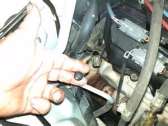Tips for driving in a rainstorm – how should you handle wet weather driving
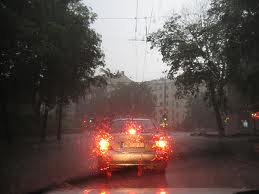 The most dangerous time to drive is during a rainstorm when it hits the hardest. In stormy and rainy conditions, it is more difficult to see other vehicles, road signs and the road itself. It is critical to make sure you can see and be seen.
The most dangerous time to drive is during a rainstorm when it hits the hardest. In stormy and rainy conditions, it is more difficult to see other vehicles, road signs and the road itself. It is critical to make sure you can see and be seen.
There are several measures motorists can take to avoid an auto collision during a rainstorm. First, slow down. It seems obvious, but many drivers are used to driving certain speeds on certain roads that sometimes they forget the need to slow down during a storm. Next, turn on your headlights, even if it’s a light rain, this will not only help increase your visibility of the road but will also help other drivers see you better. While driving slowly, stay in the middle lane, as the water tends to be heavier on the outside lanes and never drive through “moving” water. “Moving” water can sweep your car off the ground and cause an auto accident. While driving in wet-weather always maintain a proper distance between yourself and the vehicle in front of you – if you need to stop quickly your brake pads will need that extra space to avoid the car in front of you and driving in the tracks of other vehicles can improve traction and help avoid hydroplaning.
With heavy rain, this is what you need to know before getting into your car. Taking a few precautions and using wet-weather driving techniques will keep you from ending up sopping wet on the shoulder of the freeway, waiting for a tow truck. Or worse.



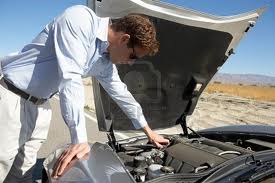
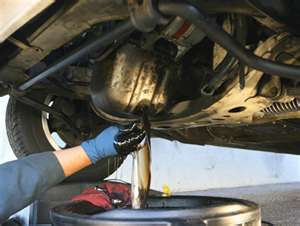
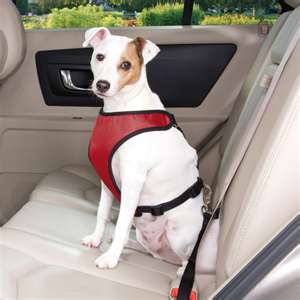
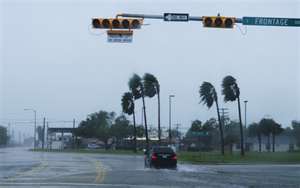
 Driving in inclement weather is not fun. It can become dangerous very quickly. Heavy winds and sideways rain can move your vehicle all over the road. Throw in some lightning and you’ve got a mess on your hands. Gerber Collision and Glass want to go over a few crucial details everyone should know when faced with rough weather behind the wheel.
Driving in inclement weather is not fun. It can become dangerous very quickly. Heavy winds and sideways rain can move your vehicle all over the road. Throw in some lightning and you’ve got a mess on your hands. Gerber Collision and Glass want to go over a few crucial details everyone should know when faced with rough weather behind the wheel.